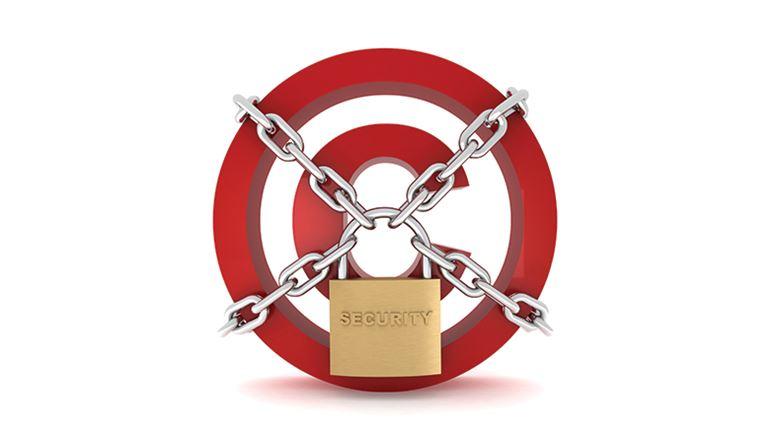Rhonda Lees, CAE
Rhonda Lees is senior counsel at the American Bankers Association in Washington, DC.
 Associations Now
Associations Now
You can’t just register your copyrights and forget it. Here are three often-overlooked IP protections.
Most associations know that their logos, journals, and other intellectual property need to be registered with the relevant legal authorities to protect them from unauthorized use by others. After trademark counsel has filed and received registration, you’re all set, right? Maybe not.
You may be forgetting about other aspects of IP protection, such as international registration, grant of rights, and enforcement.
1. International registration. If your association licenses content, translates works, or sells products and services internationally, you should consider whether to protect your IP internationally. It’s wise to file trademarks with a country’s IP authority even if that country automatically provides copyright protection to creative works. Another option is to apply under the Madrid Protocol for protection in any of the almost 100 countries that signed on to that agreement.
In addition to retaining intellectual property counsel experienced in working internationally, check IPR Toolkits—resources developed by the U.S. Department of Commerce and U.S. embassies that explain how to protect and enforce your IP rights in several countries.
2. Grant of rights. Other parties may seek to use your IP. For example, your vendors may want to list your name and logo, identifying you as a client, in their own promotional materials. Or an exhibitor may request a list of conference attendees’ names and contact information (which falls into another IP category: trade secrets). Make clear who in your association is authorized to grant use of the name or logo or to provide attendee information to an exhibitor. All these are types of IP use. The grant of rights should be limited in time and scope.
3. Enforcement. When you encounter an alleged external infringer, you may be tempted to send a sternly worded letter. Bear in mind that these letters sometimes show up in the media and can affect how the public perceives your association. You will want the public to continue to connect your trademark with a positive impression, rather than see you as a bully. For this reason, you may decide to play nice initially, especially with a sympathetic party—such as a school that may have infringed on your IP inadvertently—and reserve the right to escalate if your rights are not respected. In any case, a letter must be sent to protect your trademark.
Developing IP is the beginning, registration is next, but monitoring and enforcing your rights is an ongoing effort.
[This article was originally published in the Associations Now print edition, titled "Watch Out for IP Gaps."]